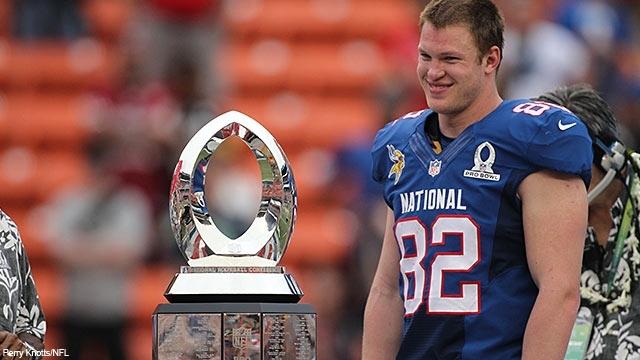
Can you imagine a young James Harden, dreaming of a future NBA career, saying “I’m just going to wait until I get to college to start playing basketball”? What about a 16-year-old Tom Brady saying “Coach, these drills aren’t important. Besides, throwing passes in practice is boring. I’ll throw touchdown passes when I need to in the championship game”? It’s crazy to think that anyone becomes skilled without putting in the practice.
Yet, that’s exactly what happens every year as students start applying to colleges and taking the SAT. They figure they will wait until the “big game” to put their skills to use, arguing that practicing those skills is boring and unnecessary. Unfortunately, a lot of students end up on the bench as a result.
One of the most important skills that students need is critical reading. Nearly all courses in most college majors require hours of reading each week, meaning that becoming a capable reader has the greatest impact on college and career success. But the U.S. Department of Education reports that, in 2015, only 37% of the nation’s high school seniors were proficient in this skill. Similarly, many students report difficulty answering critical reading questions on the SAT, a test used by colleges for admissions and scholarship consideration. Clearly, the time to get in the game is before it starts.
In 2015, only 37% of the nation’s high school seniors were proficient in critical reading.
Becoming an MVP takes practice and time. Becoming a skilled reader requires the same. There are several things your student can do to improve:
Read.
Sometimes, the most obvious advice is the best. Students get better not only at understanding what they read, but also at maintaining their focus for longer periods of time, which is a common problem.
Read hard things.
Unless a player’s little brother is Michael Jordan, he won’t become a better basketball player by always going against him on the court. Players progress by pitting themselves against worthy opponents. The same is true about becoming a better reader. Help your student choose material that challenges her, whether it’s Charles Dickens or The New York Times. She’ll begin to have a larger vocabulary and increased reading speed.
Read things that belong on the SAT.
Most of the reading done in English classrooms is literature. Although each SAT has one passage that comes from a novel, the majority of readings are nonfiction. Your student should read interesting articles on websites such as Scientific American and NPR to broaden his knowledge. He’ll feel more confident about the reading selections he encounters on the test.
Putting in the practice now has the potential to pay off with more college options and financial aid. Plan like the pros and your student can become his or her own most valuable player.Playing in as many games as they can also increases players’ chances of scoring big. It’s expensive to take multiple SAT tests, but your student can simulate test day as many times as he likes by using UWorld’s test-preparation materials. The online program provides practice answering questions over the kinds of reading passages found on the test. It also lets students time their responses to determine how fast or slow to take each set of questions.
Click the ad on the right and get a FREE 30-day trial of UWorld‘s SAT prep
 This post is sponsored by UWorld and written by Suzanne Dilday. Suzanne is a college prep content specialist with UWorld. She was a high school English instructor for 27 years with a BA in English from Baylor University.
This post is sponsored by UWorld and written by Suzanne Dilday. Suzanne is a college prep content specialist with UWorld. She was a high school English instructor for 27 years with a BA in English from Baylor University.
